Inside J.Crew’s strategy to be at the ‘center of culture’
Over the course of its 40-year history, J.Crew has explored all kinds of design collaborations. Last year, for instance, it partnered with the designers Christopher John Rogers and Maryam Nassir Zadeh. But if you walk into a store, you might also come across slightly more unexpected collaborations. On a recent visit to J.Crew’s Columbus Circle store in New York, I found a collection of kids’ clothes emblazoned with the logo of the Fire Department of New York. In February, to celebrate The New Yorker magazine’s centennial anniversary, J.Crew created a special line of sweaters, rugby shirts, and baseball caps featuring the magazine’s logo. And last summer, it dropped work jackets and sweatshirts made in collaboration with the FX show The Bear, which was heading into its third season. Last week, J.Crew announced that it had launched a three-year partnership with the U.S. Ski and Snowboard association to create a lifestyle collection that will land in the lead-up to the 2026 Winter Olympics in Italy. The thread that ties all of these collaborations together is that they focus on beloved organizations with a loyal following, rather than designers. J.Crew is trying to make a comeback after it filed for bankruptcy in May 2020. In November of that year, the company named Libby Wadle, a 20-year veteran of the company, CEO. Through these collaborations, we’re getting a glimpse into Wadle’s vision for trying to make J.Crew relevant again. Wadle says that the U.S. Ski and Snowboard collab is likely to generate a lot of revenue. But some of the smaller, niche collabs aren’t necessarily about making a lot of money. Instead, they’re an effort to stretch our imagination about what J.Crew represents—and it’s about trying to ensure that the brand is part of the broader conversation. “We’re looking to partners who can help put us at the center of culture,” she says. “We do some partnerships that are not just about revenue. They just feel culturally relevant and feel great from a creative perspective.” [Photo: J.Crew] Expanding What J.Crew Stands For When Wadle first stepped into the CEO position, her goal was to go back to the brand’s aesthetic roots, which are grounded in preppy, vintage Ivy League style. Brendon Babenzien and Olympia Gayot, the menswear and womenswear designers respectively, created updated versions of iconic J.Crew pieces, like its roll-neck sweater and barn jacket. She also brought back the print catalog, which was designed to serve as another storytelling device and a way to reintroduce the brand to consumers who may have lost interest. “It’s a way to get back in front of people who maybe don’t know us or who used to know us,” she says. With these collaborations, Wadle is trying to expand what J.Crew can be. For instance, most people think of it as a coastal New England brand, particularly when you think of all of the catalogs of the past featuring beachy scenes, with models in swimsuits and boat shoes. But Wadle points out that the brand is also connected to New York City. “Our headquarters are here, and New York means a lot to us,“ she says. View this post on Instagram A post shared by J.Crew (@jcrew) Wadle has been eager to highlight this connection. Last fall, J.Crew hosted a dinner party at the New York Public Library to celebrate the relaunch of the catalog; the year before, it celebrated its 40th anniversary with a concert featuring The Strokes at New York Fashion Week. Its collabs with The New Yorker and FDNY were meant to deepen this connection with the city. But Wadle says that J.Crew designers also happened to be drawn to the branding around these organizations. “Brendon (the menswear creative director) loved the FDNY logo, and the old firehouses around the city,” Wadle says. “So he was passionate about bringing the collaboration to life.” The pieces from these New York–focused collaborations are fairly simple. The design team took J.Crew staples, like fleece sweatshirts, baseball caps, and vintage-washed T-shirts. They then incorporated the brand’s logos and mascots. The FDNY collection features the iconic spotty dog associated with New York firemen; The New Yorker collab included T-shirts with custom cartoons. [Image: FX/J.Crew] The capsule collection for The Bear was also something the creative team was personally passionate about. Babenzien happened to have a relationship with Matty Matheson, who plays the handyman Neil Fak on the show, and also happens to have his own clothing line. So they decided to create a few key pieces, such as a work jacket and a trucker hat, with the character’s fictional company, “Matter of Fak Supply,” on it. Wadle says the brand doesn’t expect these niche collabs to be a cash grab; instead, they’re more of a marketing play, to get in front of fans of The Bear, or The New Yorker, or the FDNY. “It’s not always a big revenue-driving opportunity,” she says. “It’s about brand integrity and to create aut

Over the course of its 40-year history, J.Crew has explored all kinds of design collaborations. Last year, for instance, it partnered with the designers Christopher John Rogers and Maryam Nassir Zadeh. But if you walk into a store, you might also come across slightly more unexpected collaborations.
On a recent visit to J.Crew’s Columbus Circle store in New York, I found a collection of kids’ clothes emblazoned with the logo of the Fire Department of New York. In February, to celebrate The New Yorker magazine’s centennial anniversary, J.Crew created a special line of sweaters, rugby shirts, and baseball caps featuring the magazine’s logo. And last summer, it dropped work jackets and sweatshirts made in collaboration with the FX show The Bear, which was heading into its third season.
Last week, J.Crew announced that it had launched a three-year partnership with the U.S. Ski and Snowboard association to create a lifestyle collection that will land in the lead-up to the 2026 Winter Olympics in Italy. The thread that ties all of these collaborations together is that they focus on beloved organizations with a loyal following, rather than designers.
J.Crew is trying to make a comeback after it filed for bankruptcy in May 2020. In November of that year, the company named Libby Wadle, a 20-year veteran of the company, CEO. Through these collaborations, we’re getting a glimpse into Wadle’s vision for trying to make J.Crew relevant again.
Wadle says that the U.S. Ski and Snowboard collab is likely to generate a lot of revenue. But some of the smaller, niche collabs aren’t necessarily about making a lot of money. Instead, they’re an effort to stretch our imagination about what J.Crew represents—and it’s about trying to ensure that the brand is part of the broader conversation. “We’re looking to partners who can help put us at the center of culture,” she says. “We do some partnerships that are not just about revenue. They just feel culturally relevant and feel great from a creative perspective.”
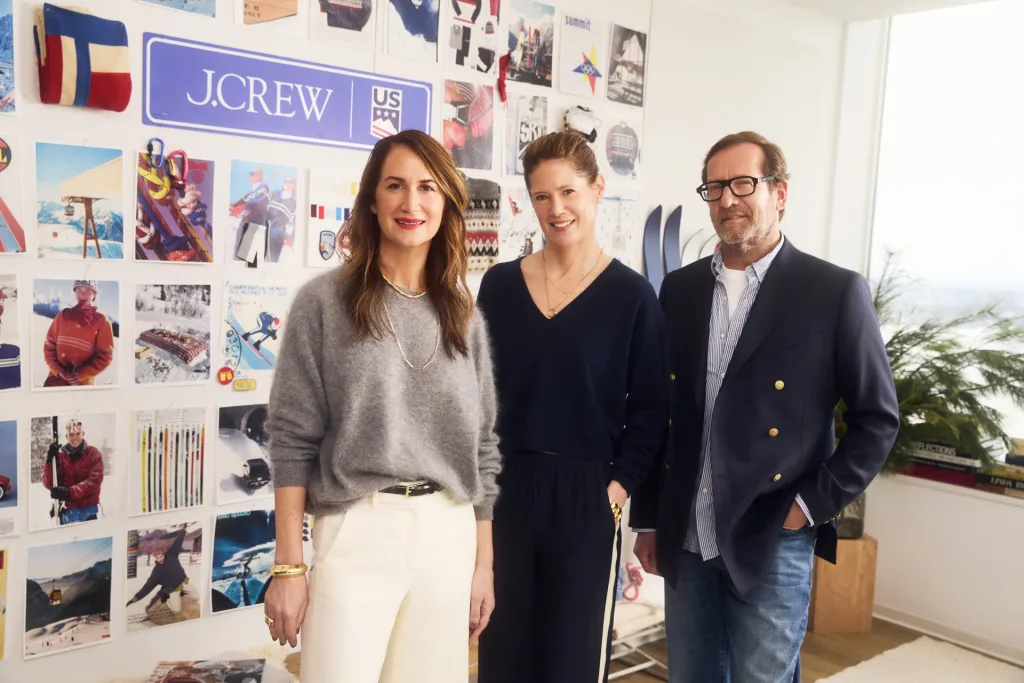
Expanding What J.Crew Stands For
When Wadle first stepped into the CEO position, her goal was to go back to the brand’s aesthetic roots, which are grounded in preppy, vintage Ivy League style. Brendon Babenzien and Olympia Gayot, the menswear and womenswear designers respectively, created updated versions of iconic J.Crew pieces, like its roll-neck sweater and barn jacket. She also brought back the print catalog, which was designed to serve as another storytelling device and a way to reintroduce the brand to consumers who may have lost interest. “It’s a way to get back in front of people who maybe don’t know us or who used to know us,” she says.
With these collaborations, Wadle is trying to expand what J.Crew can be. For instance, most people think of it as a coastal New England brand, particularly when you think of all of the catalogs of the past featuring beachy scenes, with models in swimsuits and boat shoes. But Wadle points out that the brand is also connected to New York City. “Our headquarters are here, and New York means a lot to us,“ she says.
Wadle has been eager to highlight this connection. Last fall, J.Crew hosted a dinner party at the New York Public Library to celebrate the relaunch of the catalog; the year before, it celebrated its 40th anniversary with a concert featuring The Strokes at New York Fashion Week.
Its collabs with The New Yorker and FDNY were meant to deepen this connection with the city. But Wadle says that J.Crew designers also happened to be drawn to the branding around these organizations. “Brendon (the menswear creative director) loved the FDNY logo, and the old firehouses around the city,” Wadle says. “So he was passionate about bringing the collaboration to life.”
The pieces from these New York–focused collaborations are fairly simple. The design team took J.Crew staples, like fleece sweatshirts, baseball caps, and vintage-washed T-shirts. They then incorporated the brand’s logos and mascots. The FDNY collection features the iconic spotty dog associated with New York firemen; The New Yorker collab included T-shirts with custom cartoons.

The capsule collection for The Bear was also something the creative team was personally passionate about. Babenzien happened to have a relationship with Matty Matheson, who plays the handyman Neil Fak on the show, and also happens to have his own clothing line. So they decided to create a few key pieces, such as a work jacket and a trucker hat, with the character’s fictional company, “Matter of Fak Supply,” on it. Wadle says the brand doesn’t expect these niche collabs to be a cash grab; instead, they’re more of a marketing play, to get in front of fans of The Bear, or The New Yorker, or the FDNY. “It’s not always a big revenue-driving opportunity,” she says. “It’s about brand integrity and to create authentic, culturally relevant moments.”

Sports Partnerships
Wadle also wants J.Crew to be part of major sporting events. Last summer, the brand partnered with USA Swimming in advance of the Paris summer Olympics. The collaboration was unconventional because J.Crew wasn’t an official sponsor of the games, nor did it have the technical expertise to create swimsuits for Olympians. Instead, it created a collection of lifestyle pieces, from hoodies to shorts, that reflected J.Crew’s preppy aesthetic, but also featured the USA Swimming logo.
The collection was a huge hit. Within the first day the products were released, 80% were snatched up. And Wadle says that the collaboration was responsible for a 10% spike in new customers in the first week of the release, compared to the year before. It quickly added a second collection to meet the demand. “The energy around swimming and the families participating by cheering on swimmers surprised us,” Wadle says.
Now, Wadle wants to create similar magic with the collaboration with this new partnership with U.S. Ski and Snowboard. In this case it will create pieces that lean into the lifestyle around skiing, including après ski fashion. J.Crew will tap into U.S. Ski archives along with its own archive of winter catalogs to create vintage looks in line with its preppy heritage.
Much like the New York–based collaborations, these sports partnership are a way to highlight different aspects of J.Crew’s brand that they might not be familiar with. Wadle points out that both swim and ski culture are part of J.Crew’s heritage. But now, these aspects will be at the forefront of consumers’ minds. “We believe this partnership will be big,” says Wadle. “We believe we have the ability to tap into a platform that is bigger than competitive athletes. It’s about tapping into a sport that many people love.”


























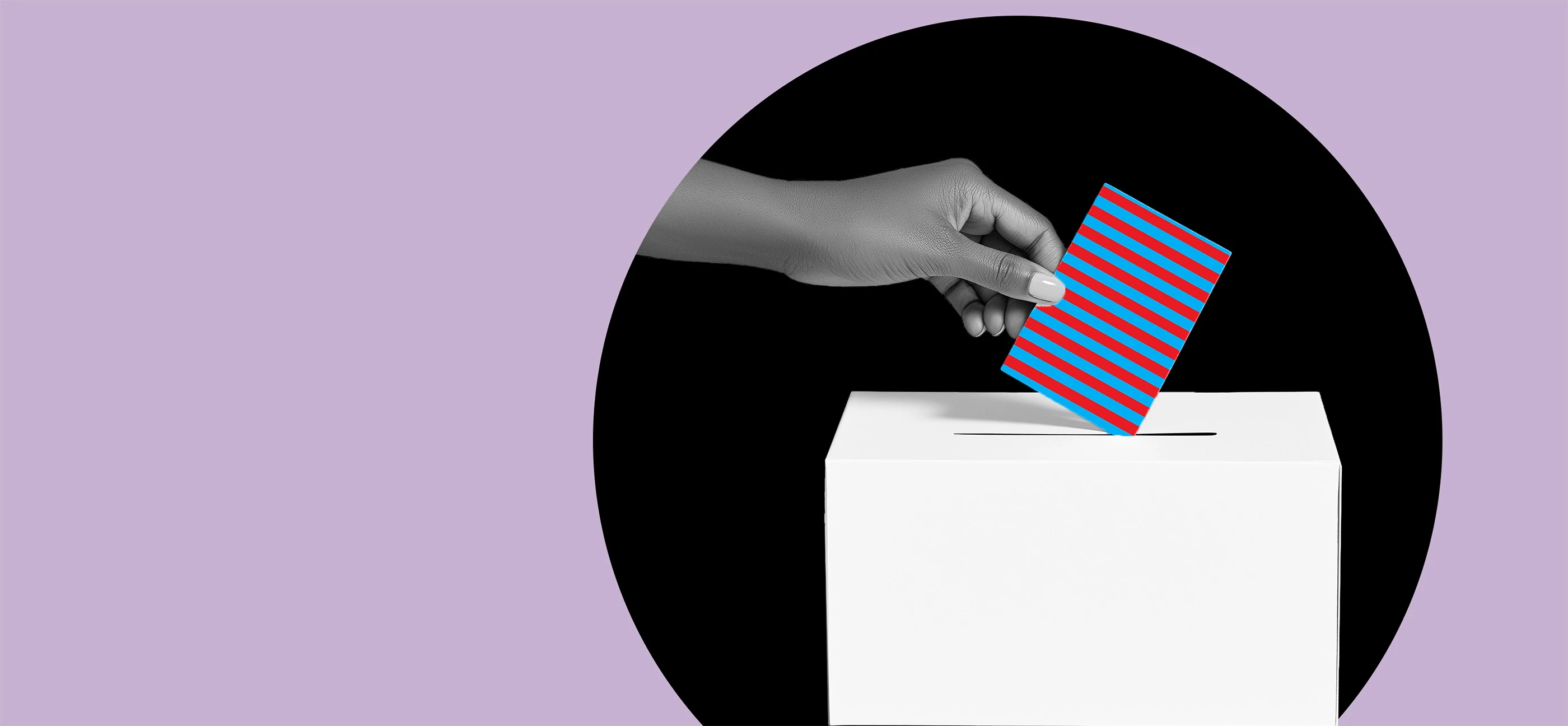
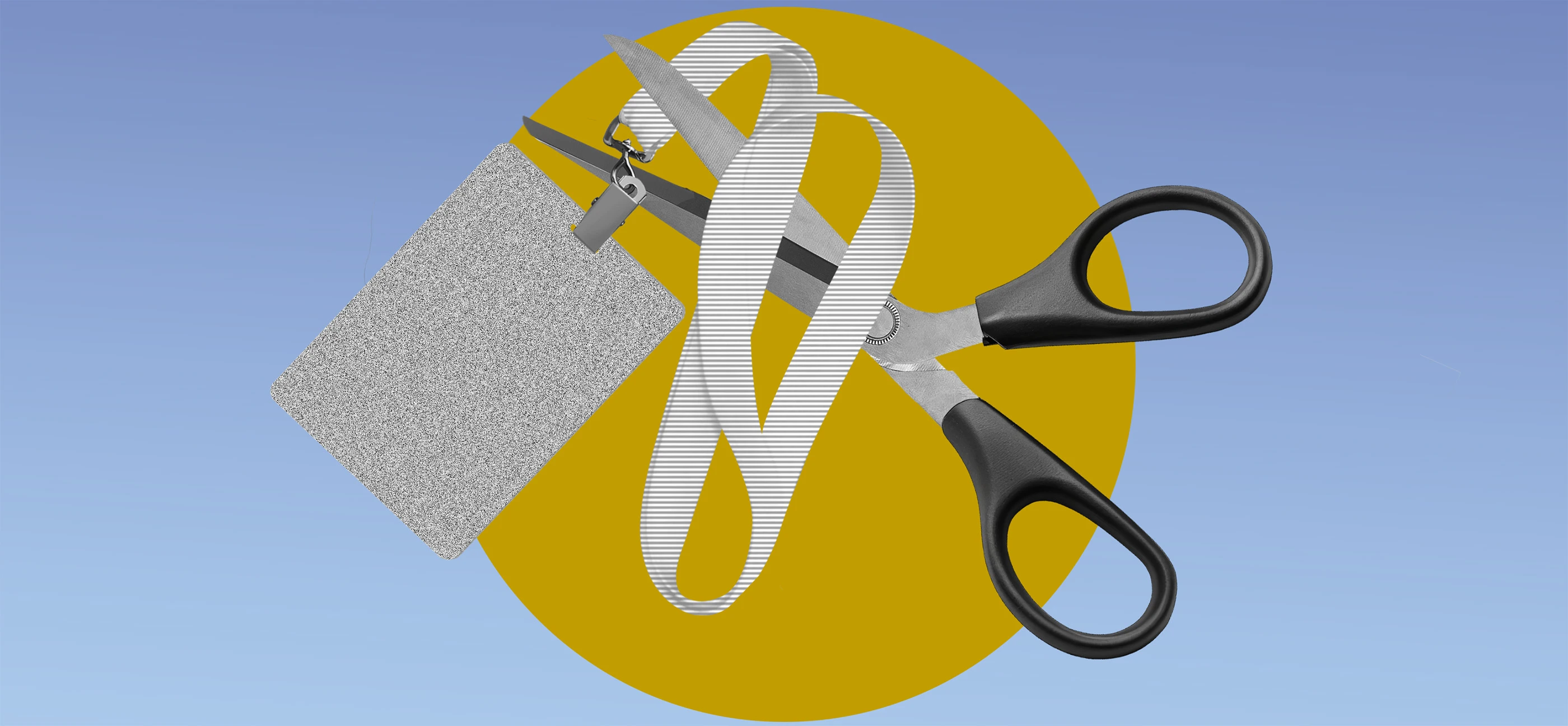











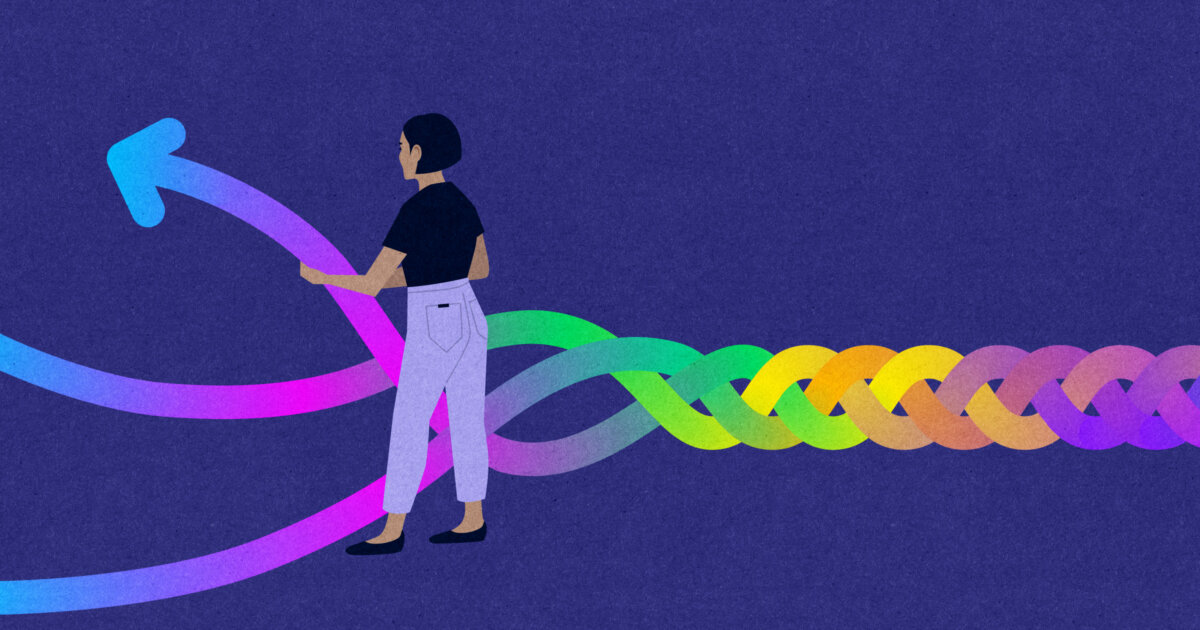


















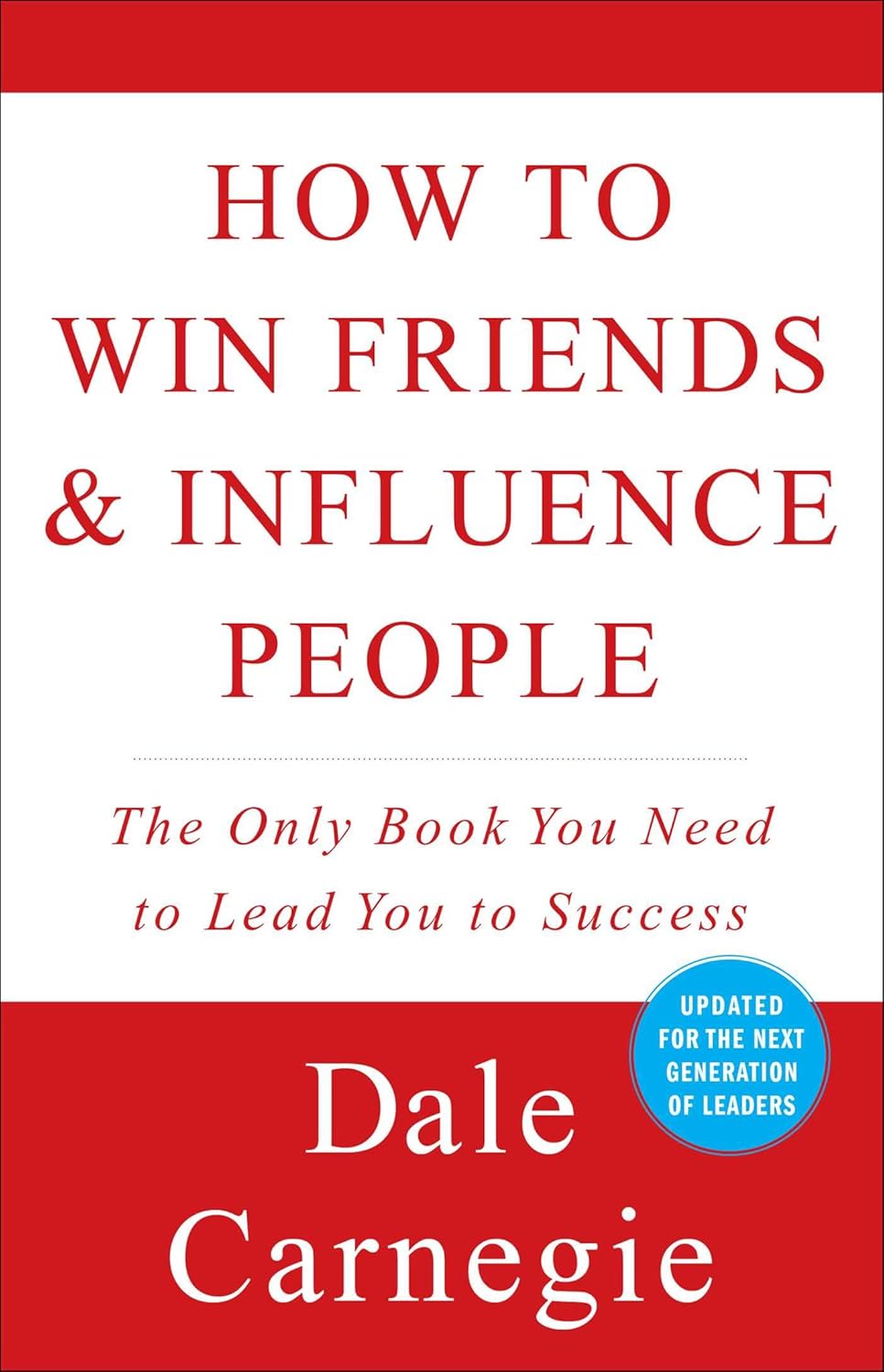
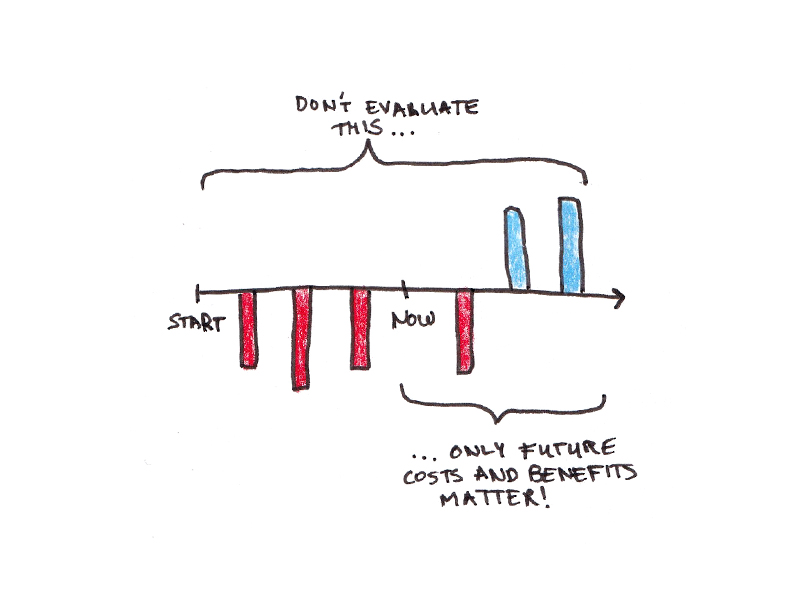












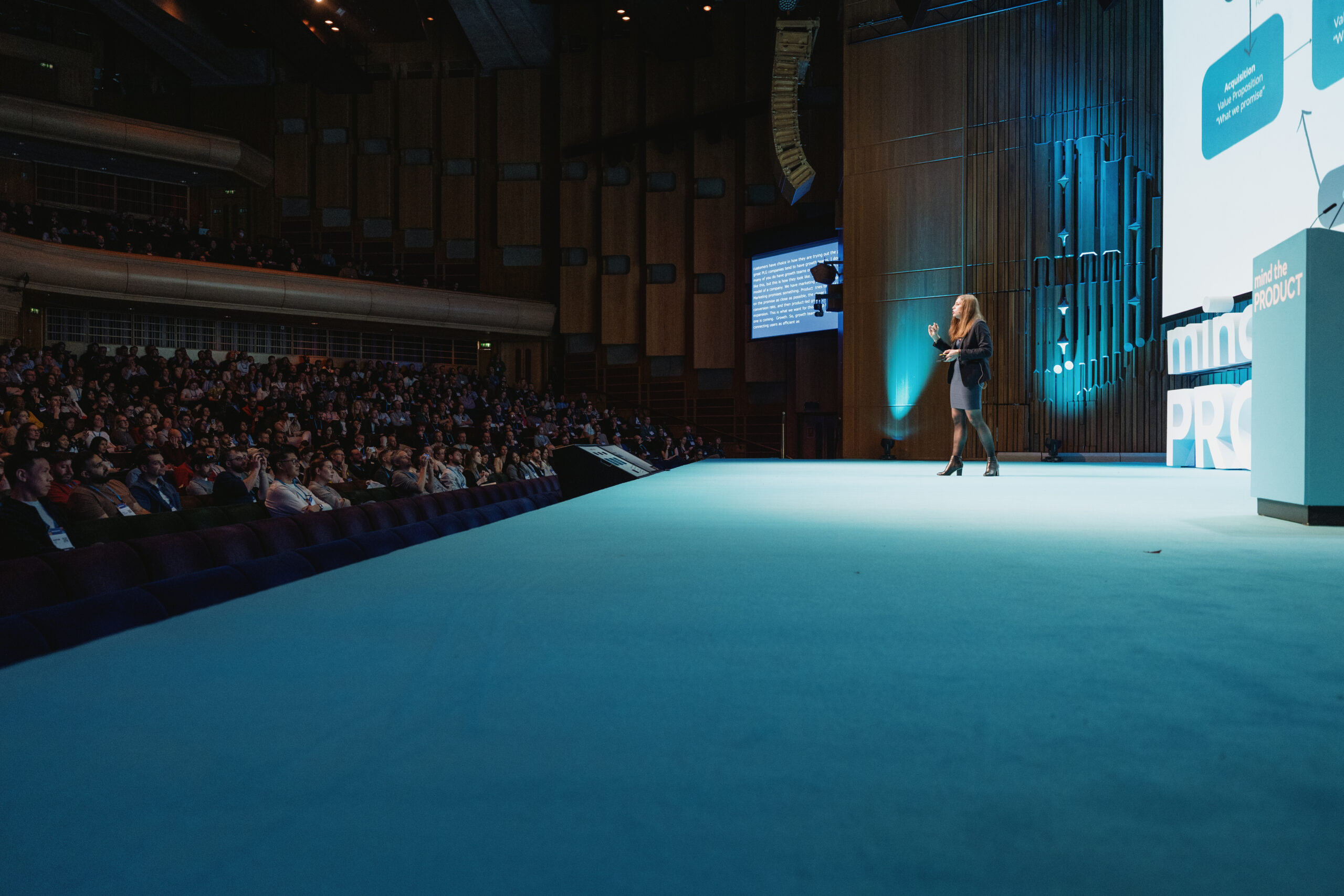
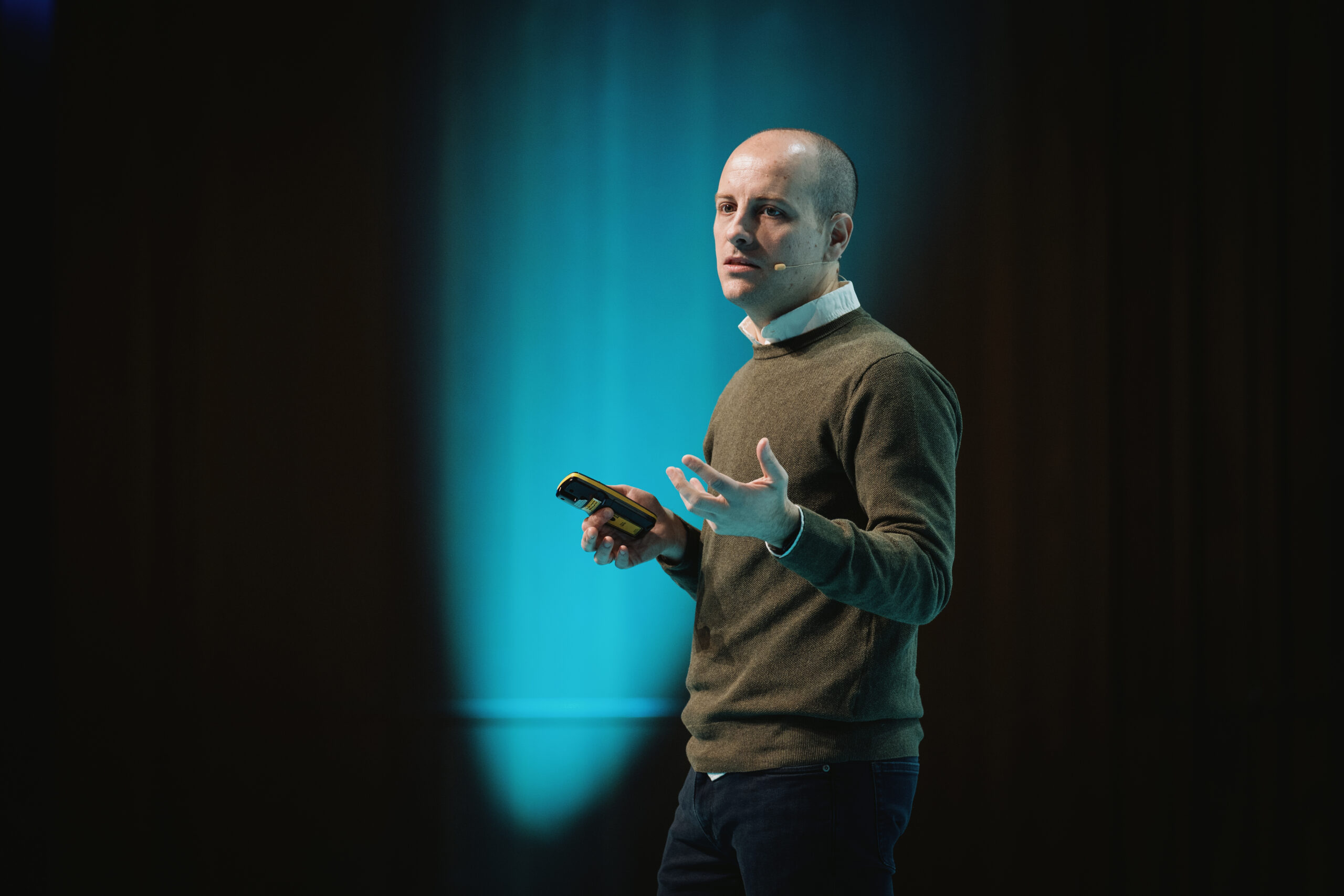



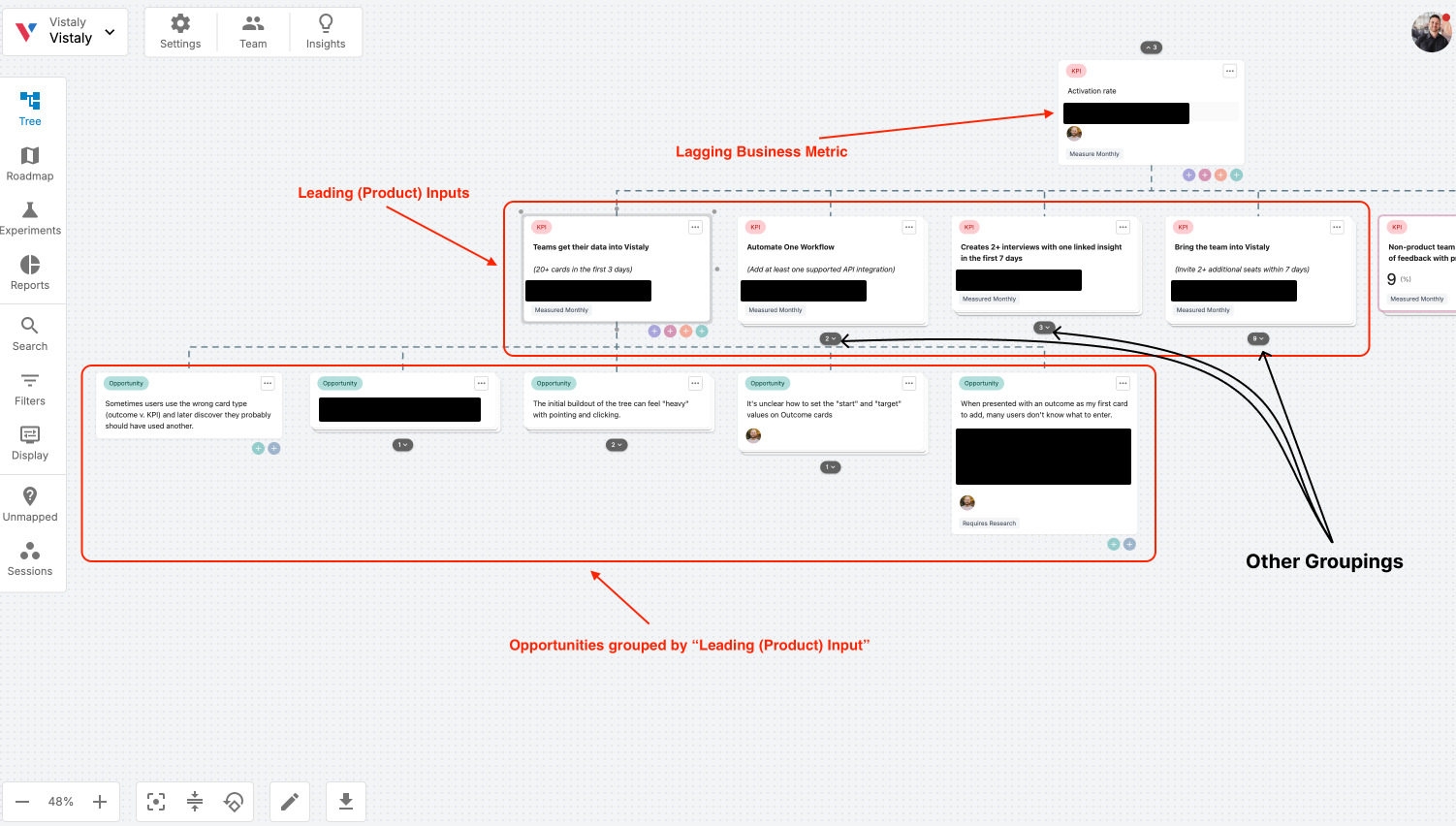
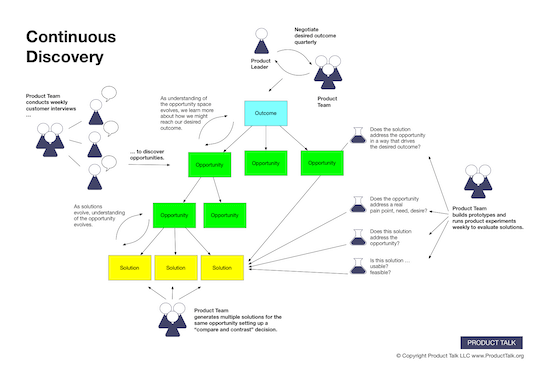
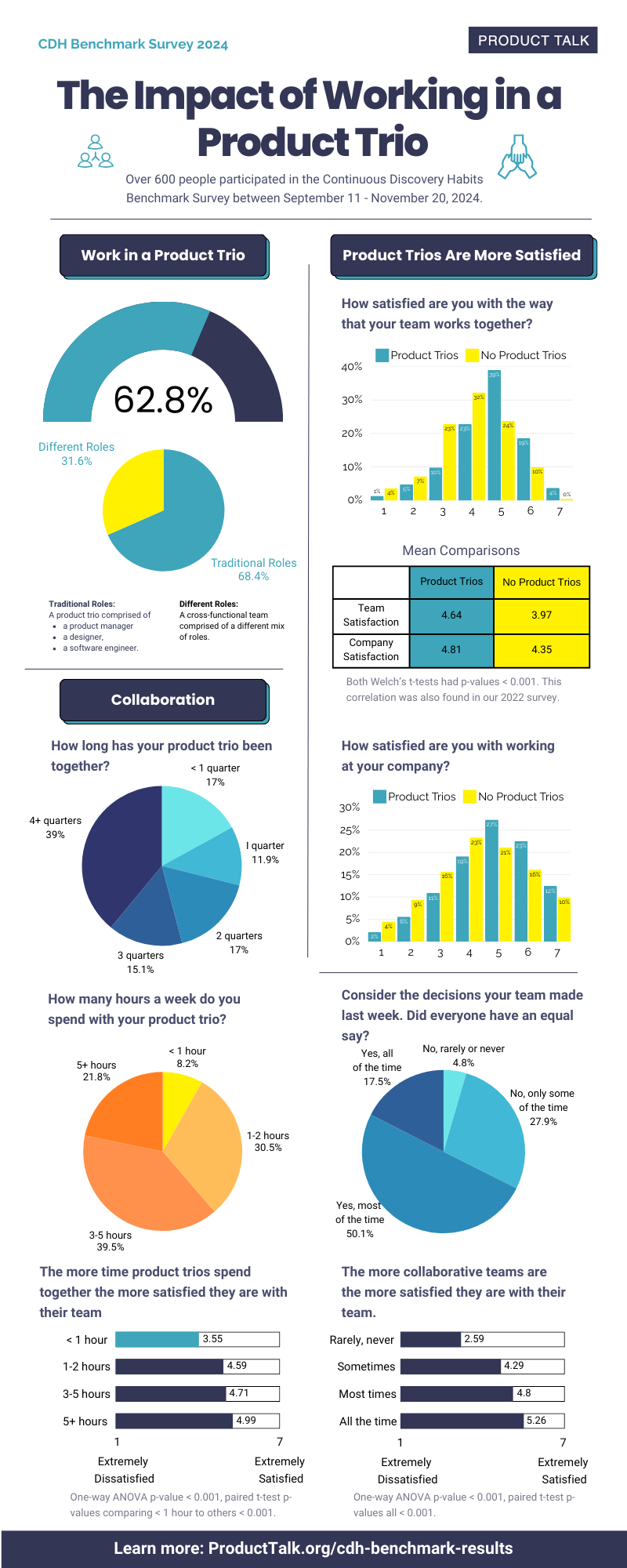



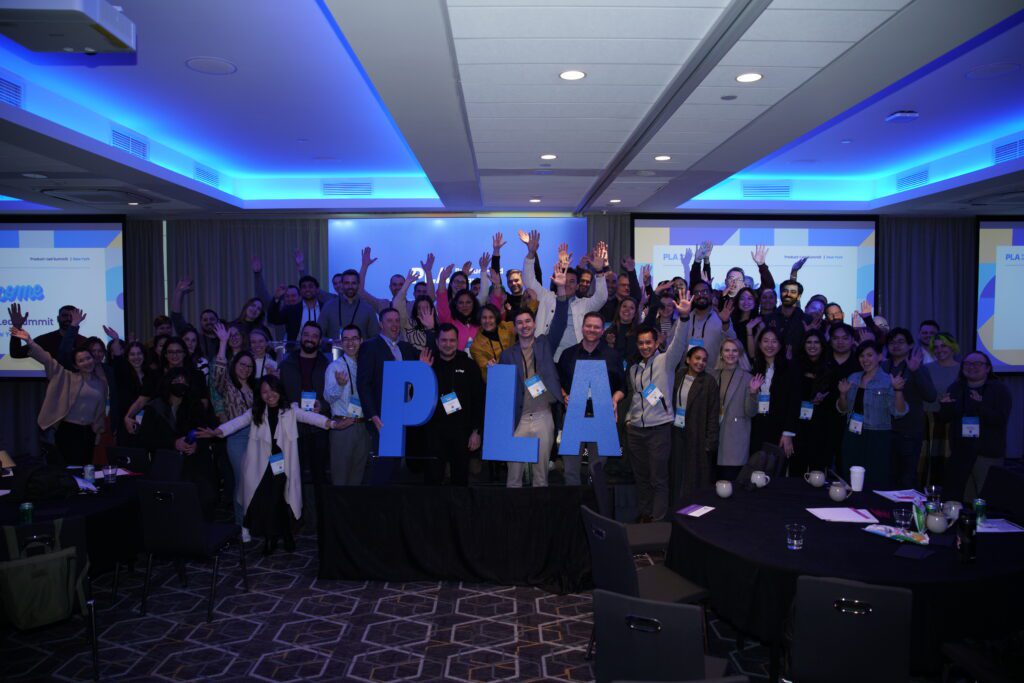









![Building A Digital PR Strategy: 10 Essential Steps for Beginners [With Examples]](https://buzzsumo.com/wp-content/uploads/2023/09/Building-A-Digital-PR-Strategy-10-Essential-Steps-for-Beginners-With-Examples-bblog-masthead.jpg)



![How One Brand Solved the Marketing Attribution Puzzle [Video]](https://contentmarketinginstitute.com/wp-content/uploads/2025/03/marketing-attribution-model-600x338.png?#)





![How to Use GA4 to Track Social Media Traffic: 6 Questions, Answers and Insights [VIDEO]](https://www.orbitmedia.com/wp-content/uploads/2023/06/ab-testing.png)
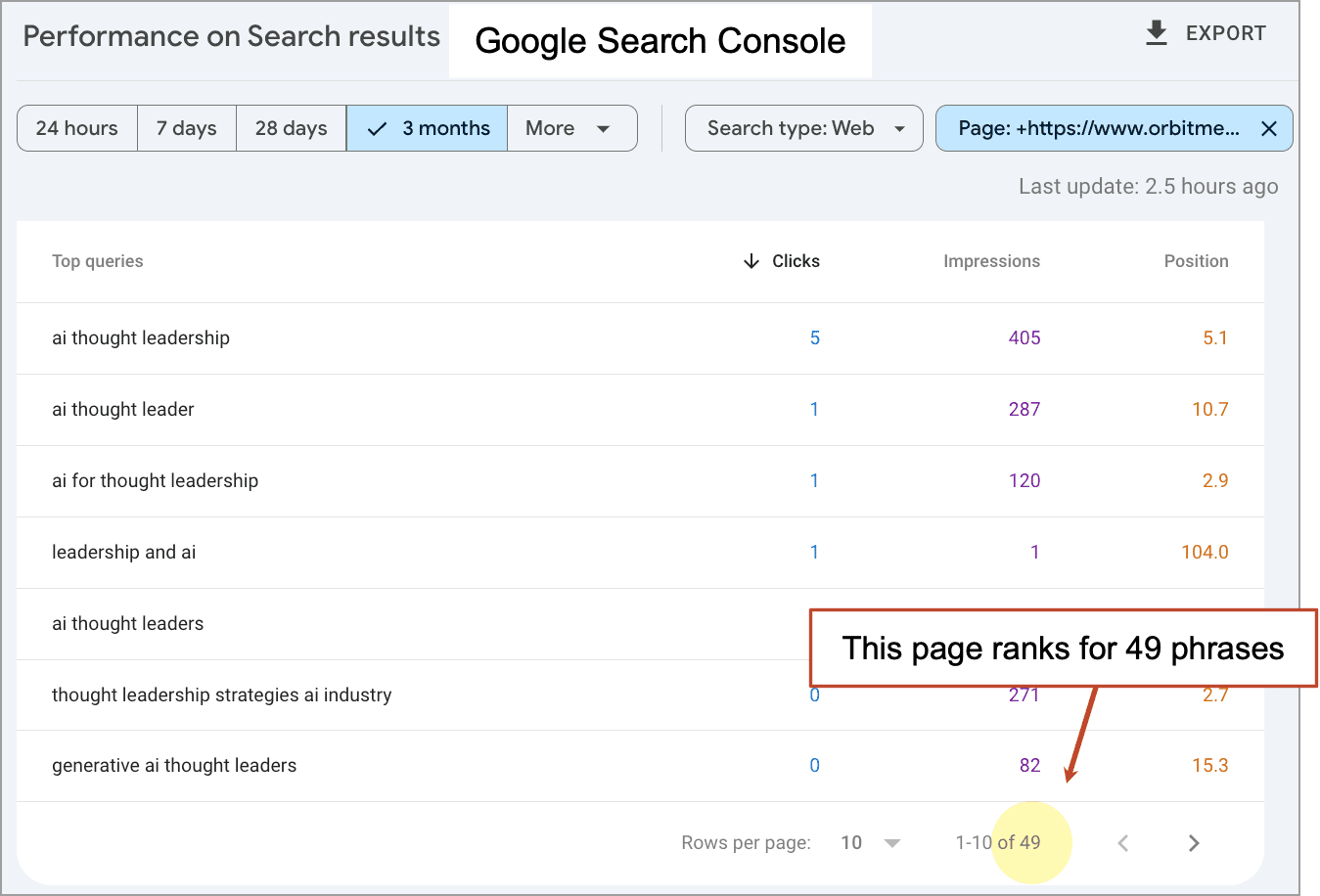







![[Hybrid] Graphic Designer in Malaysia](https://a5.behance.net/920d3ca46151f30e69b60159b53d15e34fb20338/img/site/generic-share.png)























